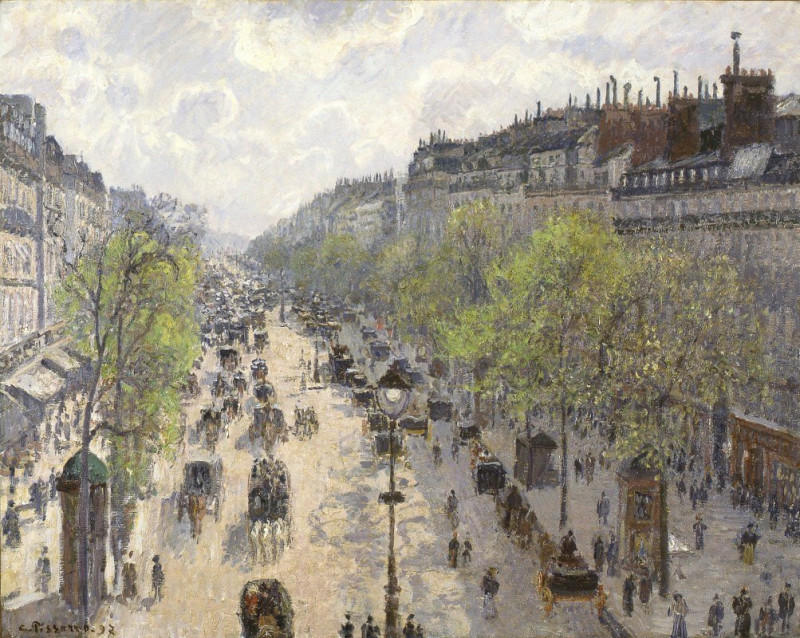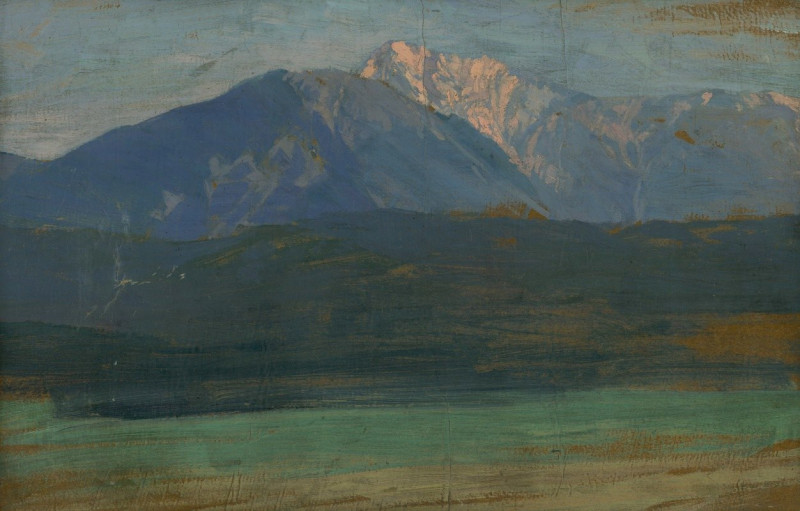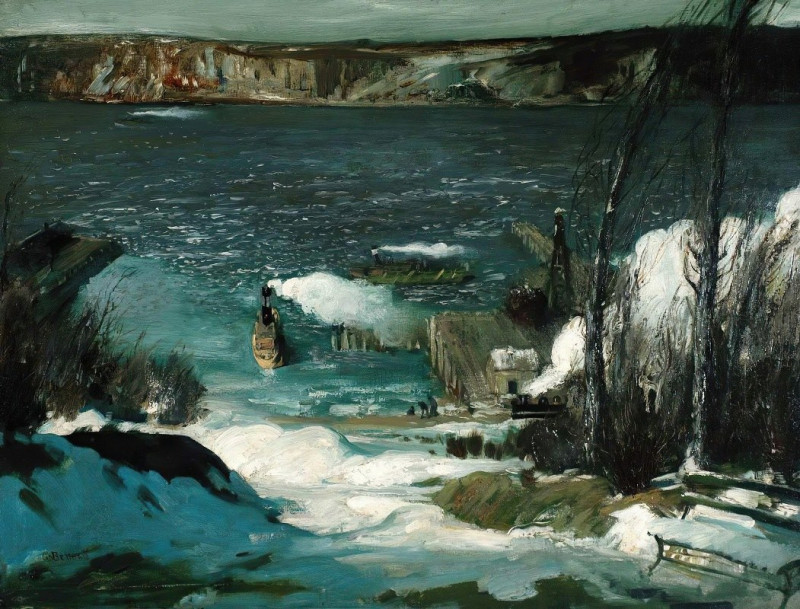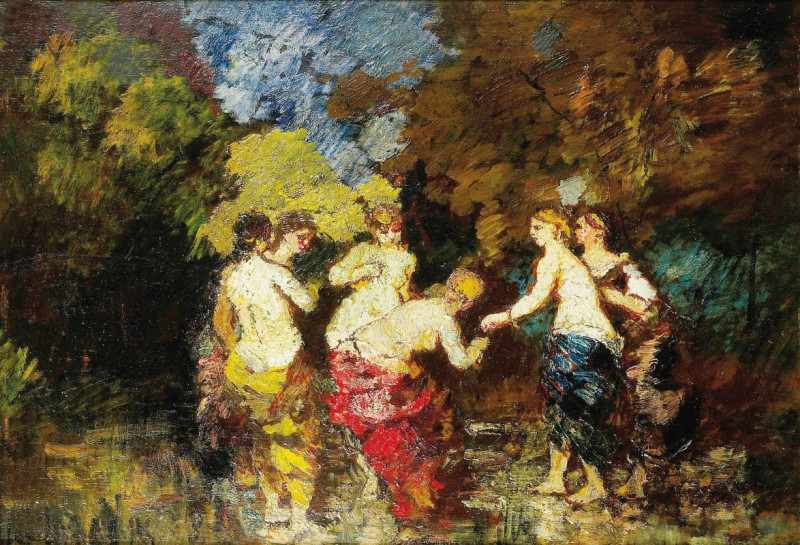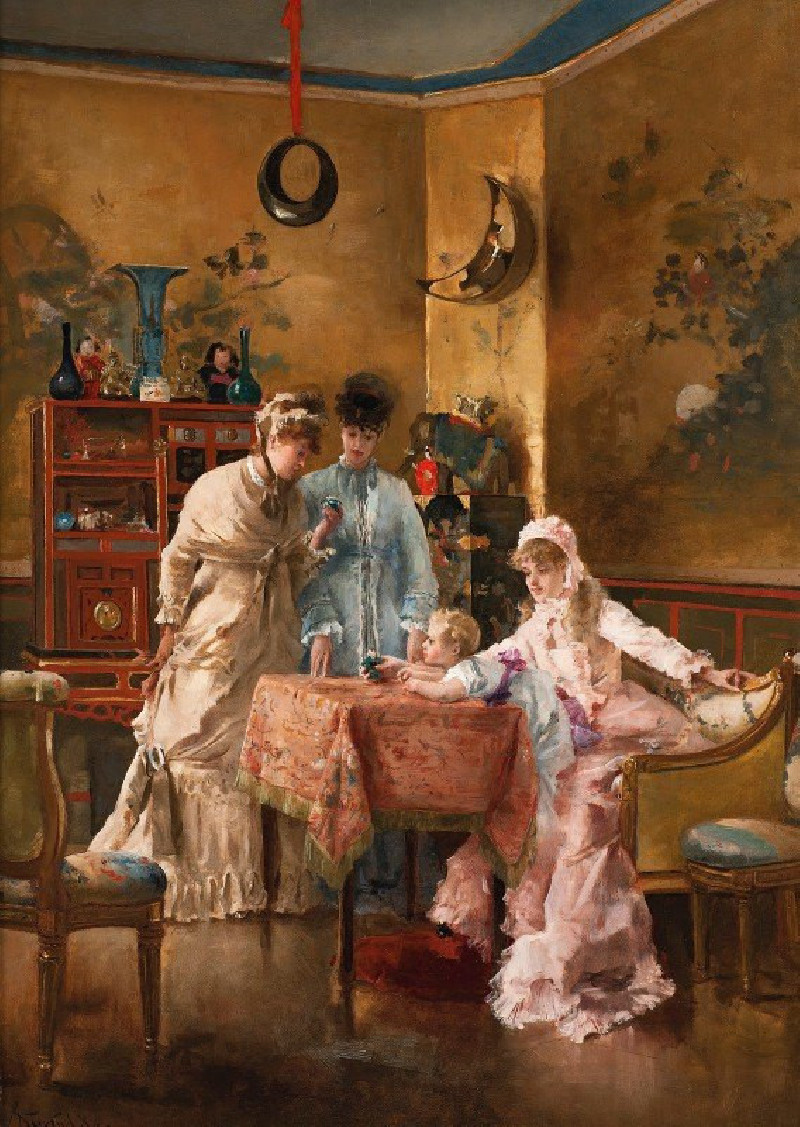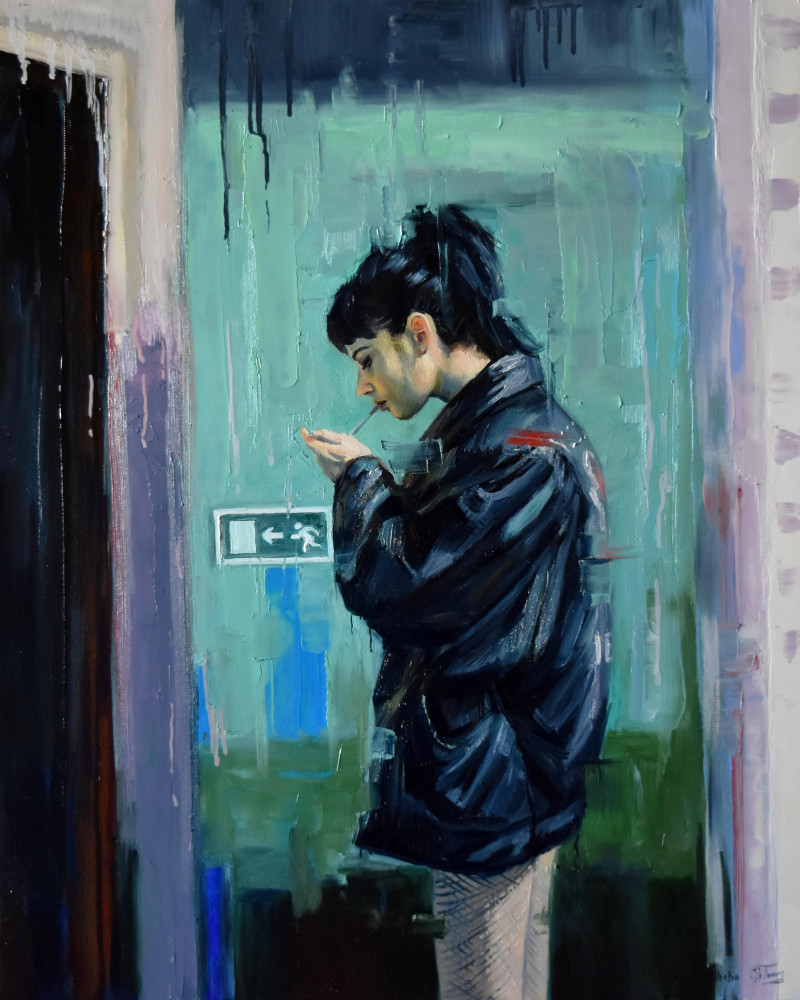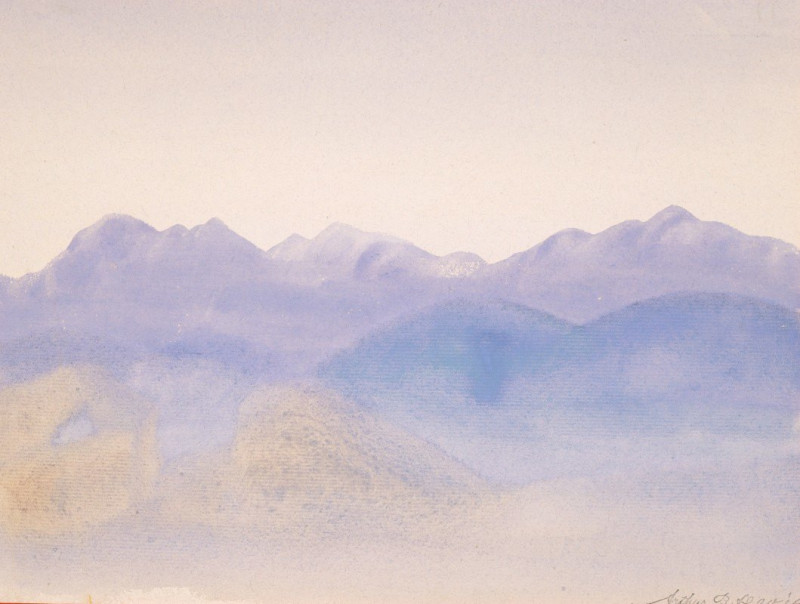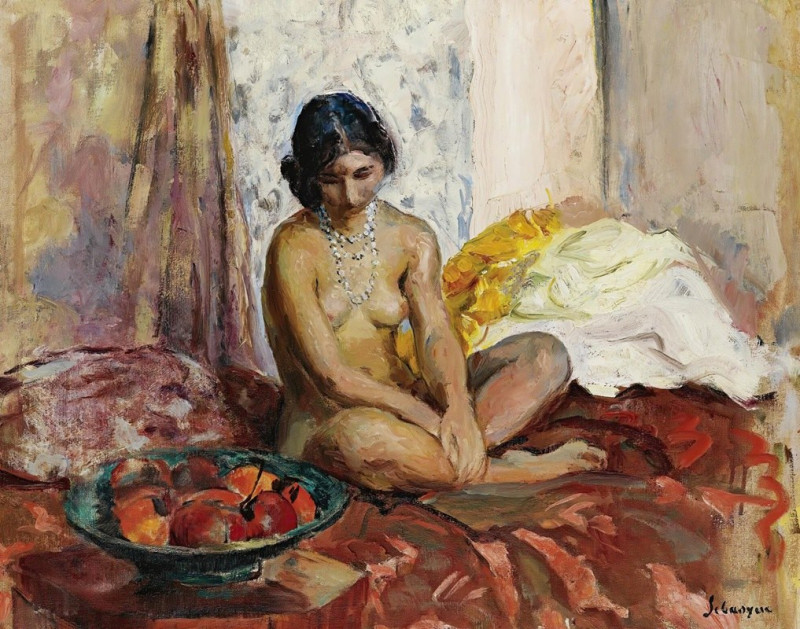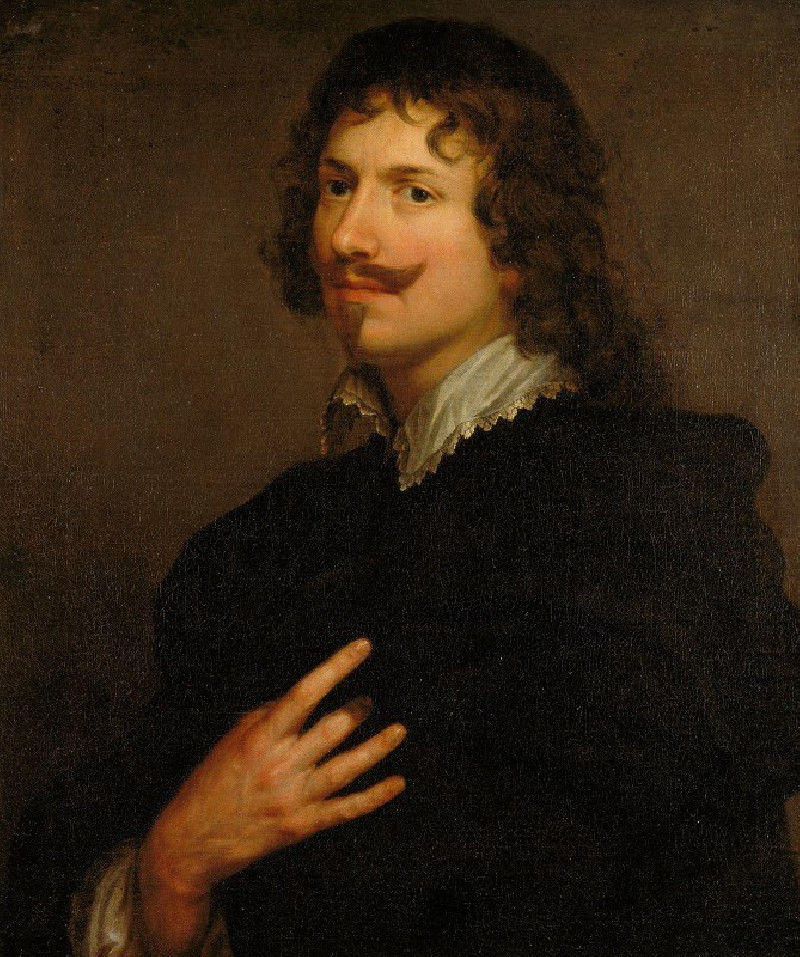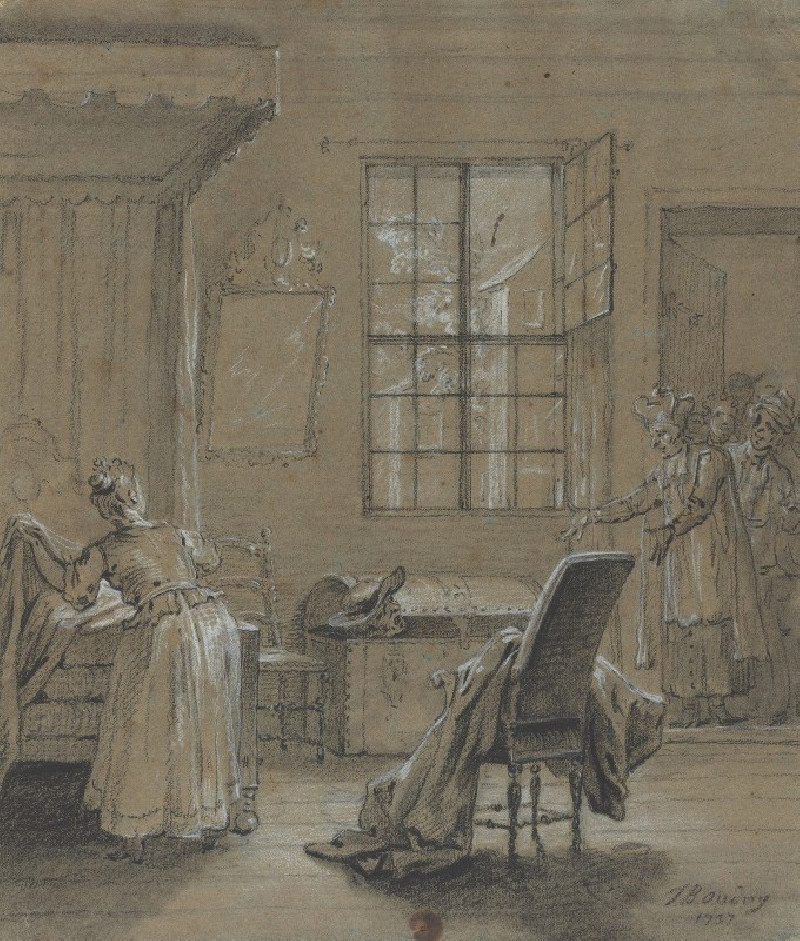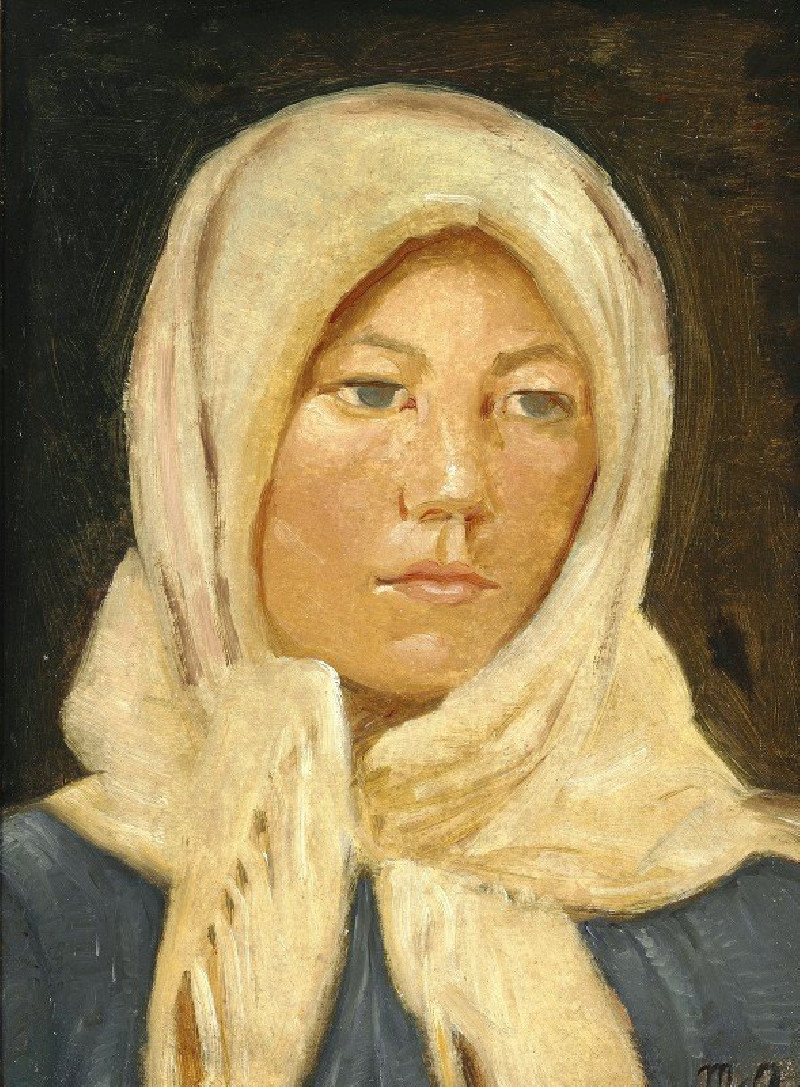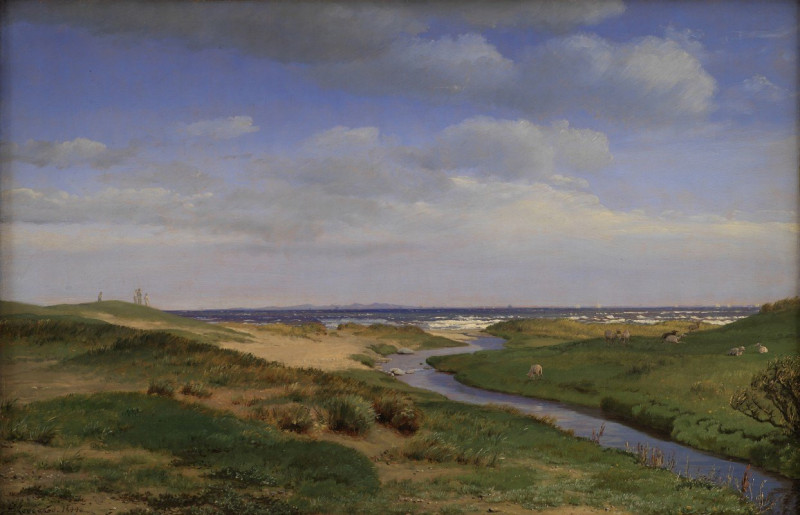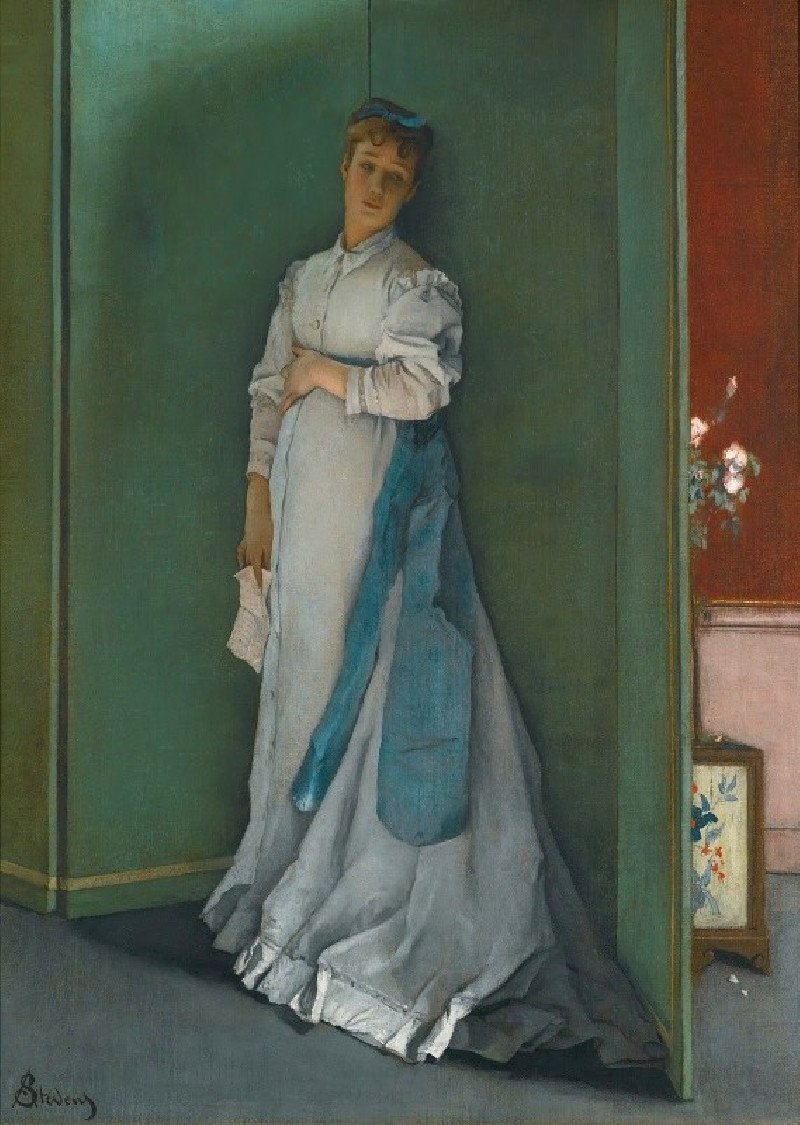Boulevard Montmartre, Spring (1897)
Technique: Giclée quality print
Recommended by our customers
More about this artwork
Welcome to a captivating glimpse of Paris in the spring through the eyes of the esteemed Impressionist painter Camille Pissarro. His masterpiece, "Boulevard Montmartre, Spring" (1897), offers a vivid portrayal of the bustling Parisian boulevard, alive with the dynamism of city life during the gentle spring season.This painting captures Boulevard Montmartre on a lively spring day. The canvas is filled with the movement of horse-drawn carriages and pedestrians meandering under the newly leafed trees. The perspective is taken from an elevated view, likely from a window, allowing Pissarro to include both the grandeur of the architecture and the vibrant, busy street life. The natural light of spring filters through the clouds, casting an array of gentle shadows and illuminating the scene with a soft, diffuse glow. This light interacts beautifully with the foliage and the varied elements of urban life, creating a layered effect that gives the painting depth and vitality.Pissarro's brushwork is distinctly impressionistic, with loose and lively strokes that convey the transient moments of daily life. The palette is dominated by the soft greens of spring and the muted tones of the city, giving the painting a harmonious, calming effect despite the apparent activity."Boulevard Montmartre, Spring" is more than just a visual experience; it is an invitation to witness the harmony between nature and urbanity through Pissarro's masterful expression.
Delivery
Returns
Blessed are they who see beautiful things in humble places where other people see nothing. — Camille Pissarro
Camille Pissarro (1830-1903) was born on St.Thomas (now the US Virgin Islands) to a Portuguese father and a Dominican mother. He went to Paris to study art at Ecole des Beaux-Arts. He was an early pioneer of pointillism and neo-impressionism and later became a mentor of many famous impressionist painters including Cezanne, Manet, Renoir, and Gauguin. His paintings depicted rural and urban French landscapes and lifestyle. Many of his works politically captured images of peasants and laborers. Today, he is considered the father of impressionism.

